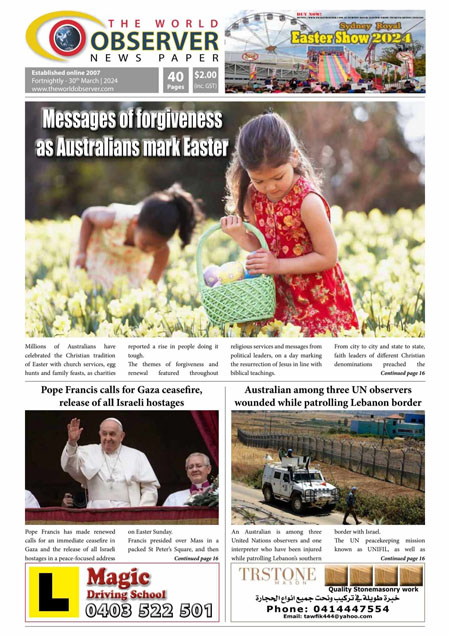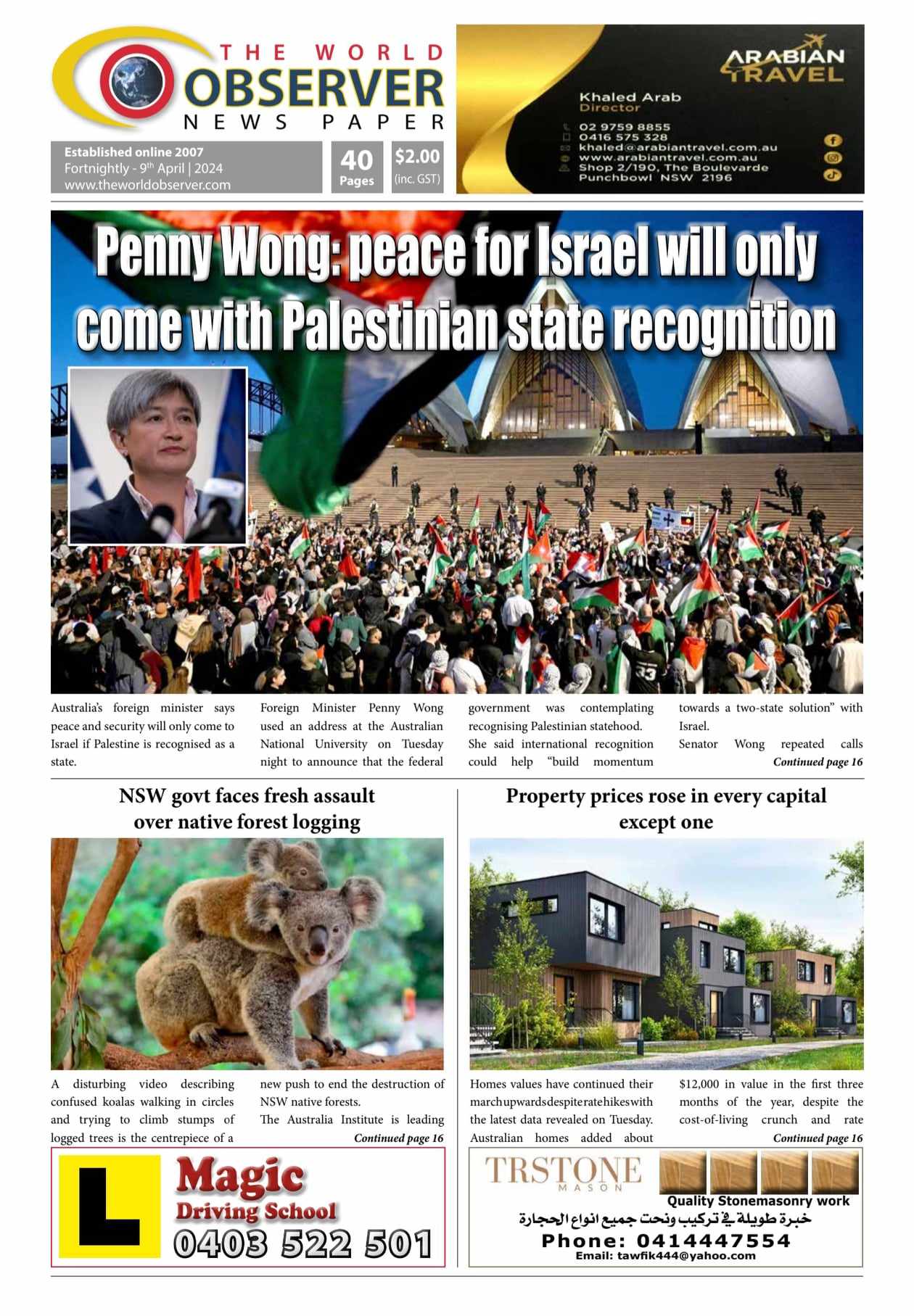
For years the cards seemed stacked against Australian women footballers. Men stopped them from playing, insults were hurled as they trained, their boots were vandalised, and they couldn’t afford gear that fit.
In the lead up to the 2000 Olympics, keen to lift their profile, they even agreed to pose for a nude calendar. The obstacles might have defeated others, but now, members of Australia’s women’s football team, the Matildas, are some of the most-loved sportspeople in the country.
“The demand for the Matildas is insane. It’s amazing how much attention and publicity we’re getting. I think I’ve done more stuff this year than I’ve done in my entire career,” said co-captain Lisa de Vanna, the longest serving member of the team.
Star striker Sam Kerr is overwhelmed by the adulation.
“I’d be lying if I thought it would be like this because growing up as a female athlete you see what female athletes go through,” she said.
Kerr scored two goals in the team’s 3-2 victory against Brazil in Newcastle last September, backflipped across the field, and helped the team cement its place in Australian hearts.
The Matildas are now ranked fourth in the FIFA world rankings, the male Socceroos team 36th.
Their performances on the field are paying dividends. Over the past year the team has attracted record crowds and a steady stream of sponsors.
Former team members told Australian Story they sit in the stands and marvel at the reception today’s players get.
“Women’s football was considered a real oddity and those of us who played were more or less considered circus freaks,” former Matildas player Moya Dodd, who played for the team from 1988 to 1998, said.
Women booted from the field
It is not the first time Australian women’s football has been popular. During World War I, when the men were away fighting, a large number of women in England and Australia formed their own football teams. In 1921 a match at Brisbane’s Gabba ground drew 10,000 spectators.
But the women’s game did not last long. Former Australian Women’s Soccer chief executive Heather Reid said it was quickly snuffed out when men returned from the war.
“The women were stopped from playing so it took another 50 years before they were actually back out on the fields,” she said.
The first national women’s team was formed in 1978 but it was regarded as “a bit of a kick and a giggle”.
Players had to contend with second-rate pitches and gear that did not fit. And, according to Moya Dodd, players had to put up with “insults flying over the fence as they trained”.
In some cases, players encountered the worst sexism within their own homes.
“I remember one player who went home one night after training to have her husband cut up her boots,” said Stephanie Quinn, a tour manager with the national team in the 1980s. “She kept playing, I’m pleased to say.”
There were other challenges — few people turned up to watch the games and sponsors were non-existent. Players were unpaid and had to fund their own way when they toured. Many buckled under the financial pressure of representing their country while trying to hold down a job.
Former captain Julie Dolan, who represented the national team between 1978 and 1988, recalls a player calling the coach before an international match to say she would be late as her shift at Woolies did not finish until 5.30pm. “This was for your national team!”
Desperate times
It all goes some way towards explaining why, ahead of the 2000 Olympics, team members stripped for a nude calendar.
“It was something that we thought at that time was needed to help us on our way,” former captain Cheryl Salisbury said.
“Unfortunately, and probably still today, sex sells in a lot of women’s sports.”
The calendar put the Matildas on the map.
“You could get in any cab in Sydney and the cabbie would have heard of the Matildas, because of this calendar,” Dodd said.
The calendar failed to attract any long-term sponsors and the financial situation remained dire, but the team’s successes on the field slowly started to grow.
Pay inequality sparks strike action
In the 2007 Women’s World Cup, the Matildas made it to the quarterfinals, something no other Australian team had done.
In 2010 the Matildas lifted the Asian Cup for the first time. At the 2015 Women’s World Cup they became the first Australian team to win at the knock-out stage.
Although the Matildas were outperforming their male counterparts in the big international tournaments, many players were earning a fraction of their salaries.
While the Matildas were earning on average $20,000 a year, the Socceroos were earning about $200,000. Soon after returning from the 2015 World Cup, the majority of the Matildas decided to go on strike.
Lisa De Vanna was one of the few players who refused to join the action.
“I tried to stick to my beliefs as a player and as a person and I copped it and it was a tough period of my life,” she said.
Over the following weeks, an agreement was hammered out and the Matildas baseline salary increased to $40,000 a year, enough to allow most Matildas to earn a living from the sport.
The Matildas are now in preparation for April’s Asian Cup but the players know there are steep challenges ahead.
De Vanna is cautiously positive.
“There’s still a lot of hard work to do but I’m very confident that from here onwards it’s only going to get bigger and better,” she said.






































 The World Observer Media produces a daily online newspaper, a daily Arabic online newspaper and a monthly printed Arabic/English magazine and a weekly printed Arabic/English newspaper.
The World Observer Media’s mission is to entertain and educate all generation from the Ethnic Communities in Australia, who are interested in local, national and foreign information.
The World Observer Media produces a daily online newspaper, a daily Arabic online newspaper and a monthly printed Arabic/English magazine and a weekly printed Arabic/English newspaper.
The World Observer Media’s mission is to entertain and educate all generation from the Ethnic Communities in Australia, who are interested in local, national and foreign information. 


